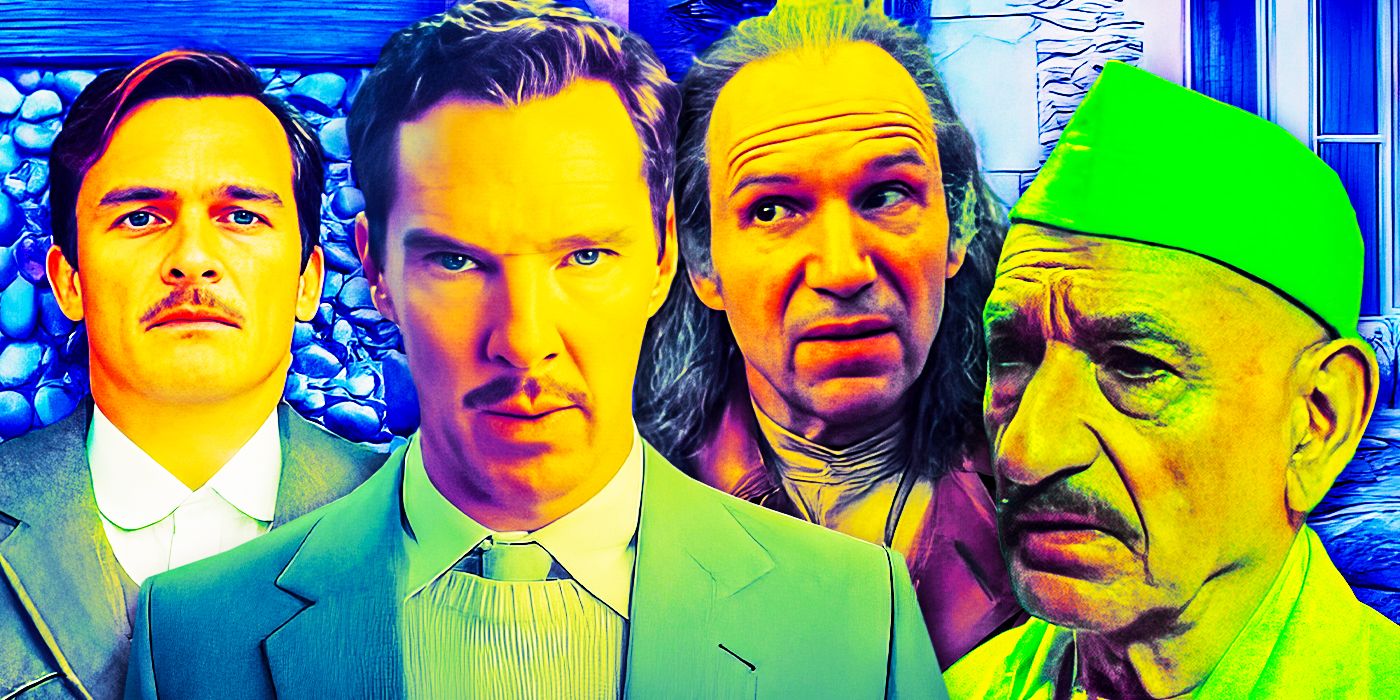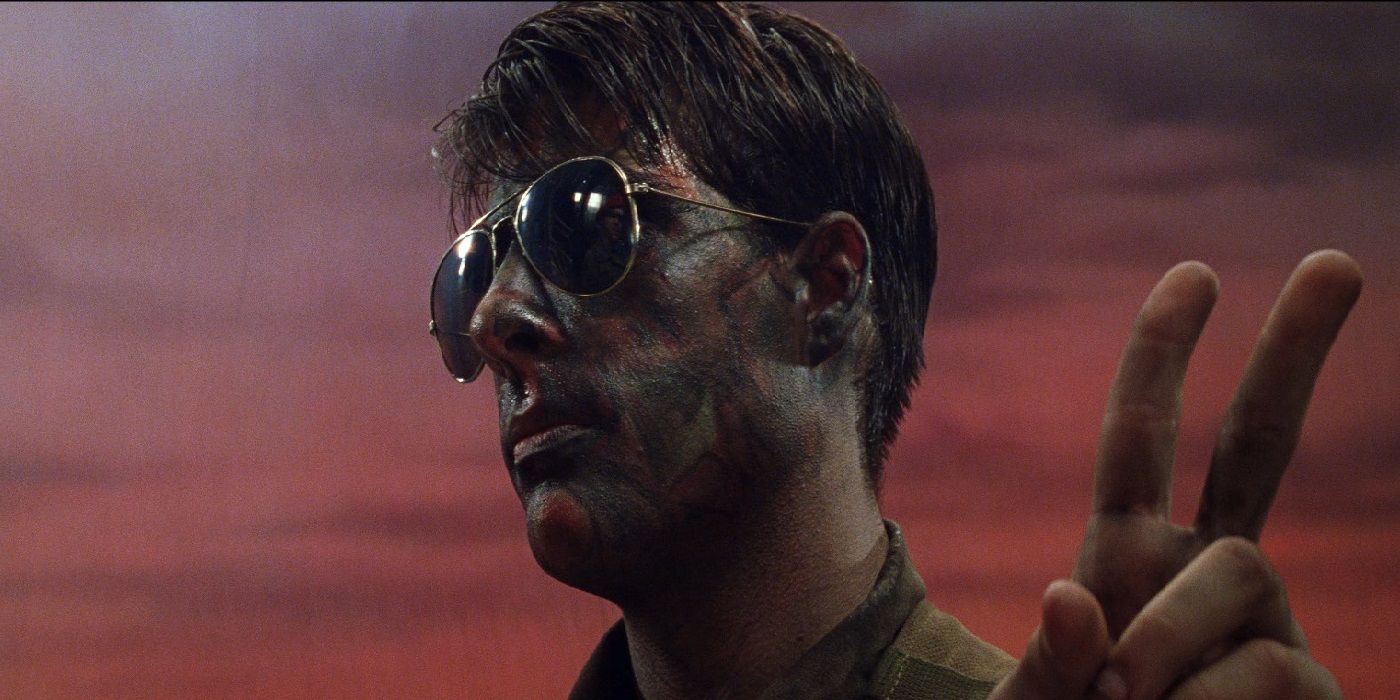Summary
- Dream expert Dr. Rahul Jandial breaks down the famous math scene in
Rushmore
. - According to Jandial, people rarely report doing math in their dreams.
- Scientific breakthroughs that occur in dream states are based on visual solutions rather than raw math like what is shown in the
Rushmore
scene.
A dream expert and neurosurgeon analyzes the famous math dream in Wes Anderson’s Rushmore. Co-written by Anderson and Owen Wilson, this comedy film, which was released in 1998, follows Max Fischer (Jason Schwartzman), a 15-year-old student who has a hard time keeping up with his studies. One of Rushmore‘s most well-known scenes finds Max falling asleep during church and having a dream where he successfully solves a difficult math problem, earning the respect of his teacher and peers.
Now, speaking with Penguin Books UK, Dr. Rahul Jandial, a neuroscientist and dream doctor, assesses the scene, revealing how realistic it is.
Jandial examines the possibility of solving such a difficult equation while in a dream state and also explains how dreams are intense emotional experiences. Read his quote below:
In the end, we’re going to find out that the student is dreaming, but when you look at dreams as a whole, not my dream or your dream, but 10,000 dreams,
very few people report doing math, and there’s a brain science reason for that
. We now know that because the executive network is dampened when we dream, and part of what executive network does is calculation, it makes sense to me when you look at how we dream, what we’re seeing is possible or impossible in a dream. So before they get deeper into it, I just want to let you know that
math is highly unlikely to happen in our dreams, especially some of the most challenging math problems that are being presented here
.This is very interesting. If you’re wondering, ‘wait a second, you just told us that you can’t really do calculations in dreams or very few people report it, then what about all these scientific breakthroughs?’ It seems almost all of them are still visual-based, so coming up with benzene the chemical structure, the idea came from a snake eating its own tail. So it’s rarely raw math, but a visual solution to a scientific question.
It’s not about whether this dream scene is correct or incorrect, but that often people report being in exams or back at school many many years since they finished school. I think this may be because that’s where a lot of intense emotional experiences happen, and dreams are a hyper emotional state. There may be some connection there.
On a score of 0 to 10, if 10 is an accurate depiction of dreaming, I’d give this a generous zero
.

All 4 Of Wes Anderson’s Short Roald Dahl Movies, Ranked Worst To Best
Four new short films from Wes Anderson have been released on Netflix, all based on short stories by Roald Dahl, but all have their pros and cons.
Rushmore Launched Wes Anderson’s Illustrious Career
Prior to the release of Rushmore, Anderson had quietly been making a name for himself as an extremely promising filmmaker who had the potential to become an auteur. His first official foray into the movie industry came in 1996, with the release of Bottle Rocket, a crime comedy that revolves around three friends who decide to become thieves. While critics lauded Bottle Rocket, the film failed to achieve substantial commercial success.
Two years after Bottle Rocket hit theaters, Anderson released Rushmore, which fully launched his decorated career. While the movie didn’t do too well commercially either, grossing a little over $19 million against a production budget of $10 million, it received overwhelming support from critics and notable film bodies that highlighted both Anderson’s brilliance as a director and the efforts of the movie’s cast members.
Rushmore earned Anderson his first notable honor as he bagged Best Director at the 1999 Independent Spirit Awards. While Rushmore did contain a few inaccuracies, like the famous geometry scene that Dr Jandial assesses above, this cult favorite manages to knock most other aspects out of the park, earning its reputation as one of Wes Anderson’s best works and effectively launching the auteur’s career at the same time.
Source: Penguin Books UK

